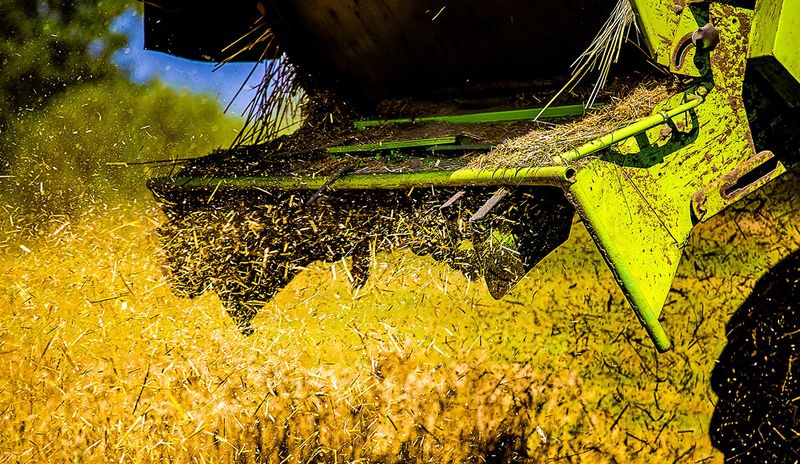A preliminary summary, conducted when about 90 percent of the harvest have been collected, shows that this year’s Swedish grain harvest is expected to amount to around 4.4-4.5 million tonnes – which is significantly lower than normal. The extensive rainfall during the summer has led to widespread quality problems and shortages of Swedish milling wheat, malting barley and milling oats are likely. This year’s poor harvest underlines the importance of prioritising climate adaptation and climate change mitigation on the political agenda.
This year’s Swedish harvest is among the worst in 30 years

Lantmännen’s preliminary summary indicates that the Swedish grain harvest will amount to around 4.4-4.5 million tonnes, a figure just over one million tonnes lower than a normal year. The dry weather in early summer had a negative impact on the crops. The prolonged and extensive rainfall that followed from July to September has since further aggravated the situation and had a very negative impact on the quality of the cereals. In some regions, up to 80% of the cereals will be used as feed because the quality does not meet the requirements to be classified as food. These include wheat that is not suitable for flour production, too high protein content and sprouted grains in malting barley, as well as widespread problems with green shoots in several crops. However, there are major regional differences and variation between cereals.
“The 2023 harvest is one of the worst harvests we have seen in the last 30 years. We have had harvests with low yields and harvests with quality problems before. Now both have occurred at the same time, and this has a very negative impact on supply,” says Per Germundsson, Head of Grain Sourcing and Sales at Lantmännen’s Grain Unit.
After this year’s poor harvest, many Swedish farmers, who have dealt with cost increases on inputs, will become subject to an increasingly tough economic situation. At present, about 90 percent of the harvest is collected, but the weather has forced many farmers to extend the harvest period. In addition, precipitation in some parts of the country has been so extensive that several fields cannot be harvested at all. Due to the harvest outcome, the need to import milling wheat is becoming increasingly likely.
“The supply of Swedish milling wheat from this year’s harvest is even lower than after the extensive drought in 2018. It is too early to say whether Sweden, which is normally a net exporter of cereals, will import milling wheat this year. Nonetheless, we can be sure to say that the mills will be having to work with more expensive inputs than they would have had to under better conditions, Per Germundsson explains.
Read also
Wheat in Southern Brazil Impacted by Dry Weather and Frosts
Oilseed Industry. Leaders and Strategies in the Times of a Great Change
Black Sea & Danube Region: Oilseed and Vegoil Markets Within Ongoing Transfor...
Serbia. The drought will cause extremely high losses for farmers this year
2023/24 Safrinha Corn in Brazil 91% Harvested
Write to us
Our manager will contact you soon



